Photographer Spotlight: Mauro De Bettio
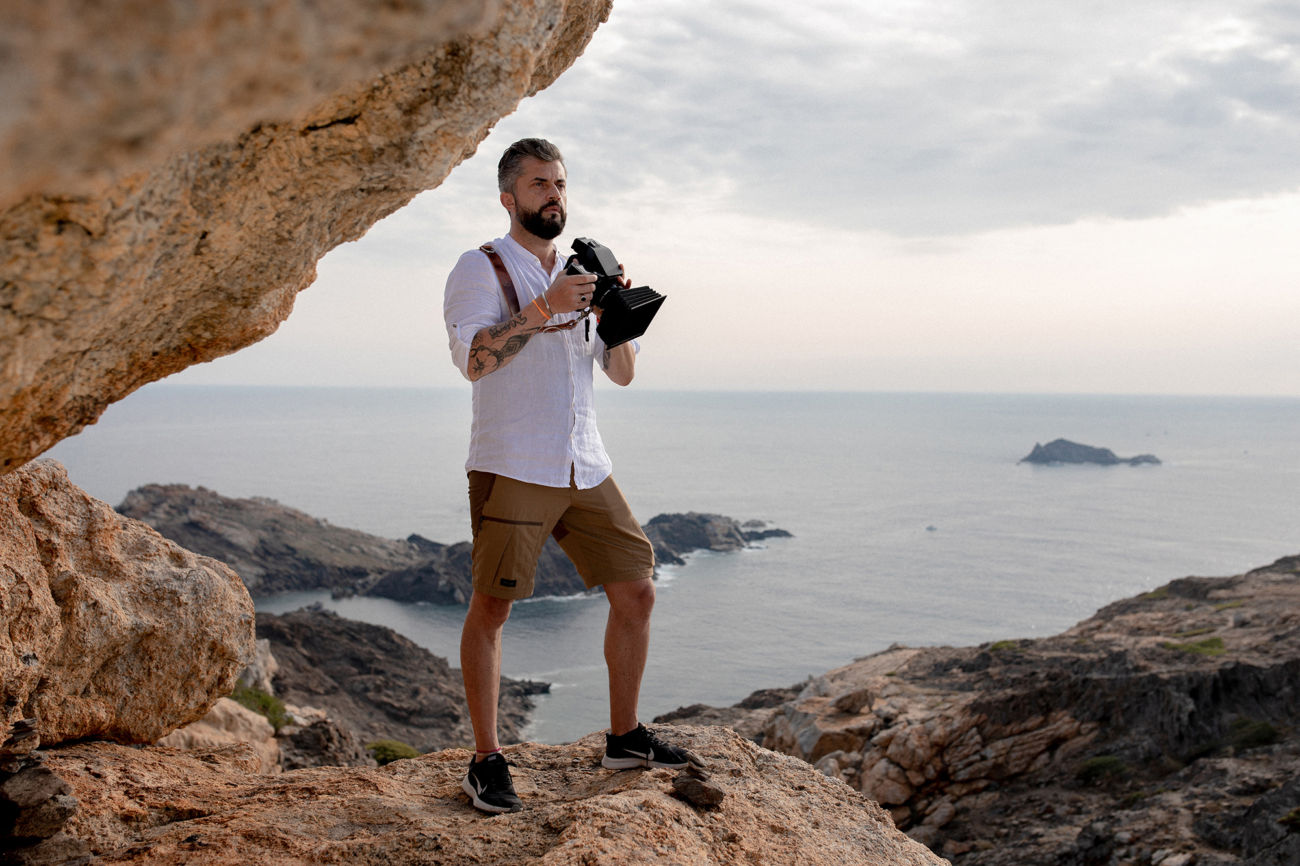
Have you ever felt as if you’ve gotten to know someone based on social media following alone? While this may not be a common occurrence, I’ve certainly been able to connect with a few photographers on Instagram that it feels as if we’ve become friends. Mauro DeBettio is one of them. I cannot recall the first time I have seen or learned about his work, but his photography has fascinated me since. Mauro travels all over the world to photograph people and their cultures…He dives deep into the subjects he is passionate about and brings their stories to light. But I’ll save the spoilers and let him tell the the rest 🙂
1) Mauro, thank you so much for agreeing to do this interview! I am honored. Please tell us a little bit about yourself, where you are from and where you currently reside.
I was born and raised in a little village in the Alps, in the north of Italy. From a young age I have felt the desire to tell stories and soon discovered that a camera was the right tool to do it with, an eye of sorts to communicate with others. It became an instrument towards a long journey of self discovery.
In my village I had been working in a factory so it was quite difficult to find the possibilities to express myself creatively. One day, due to a combination of factors, I decided to leave everything behind. My big dream was to visit India, a country that I discovered in the pages of a novel (which I heartily recommend to everyone: The City of Joy). Since the day I got on that plane, what I call “my second life” had begun. The trip had turned out to be a wonderful experience that allowed me to meet many beautiful people and to prepare for everything that came after.
Since then I’ve been to India six more times, followed by Bangladesh, Nepal and Africa. Over time, travel and photography have also become my job. I have the great fortune to experience exceptional places and cultures so, whenever I can, I organize tours and photography courses around the world.
When I’m not traveling, my “base” is Barcelona, Spain. It is a city that I love because it is multicultural yet simple at the same time. And then there is the coast and the sea, which I love the most. I’ve created a very simple life for myself here and the only things I own are a bike and a surfboard.
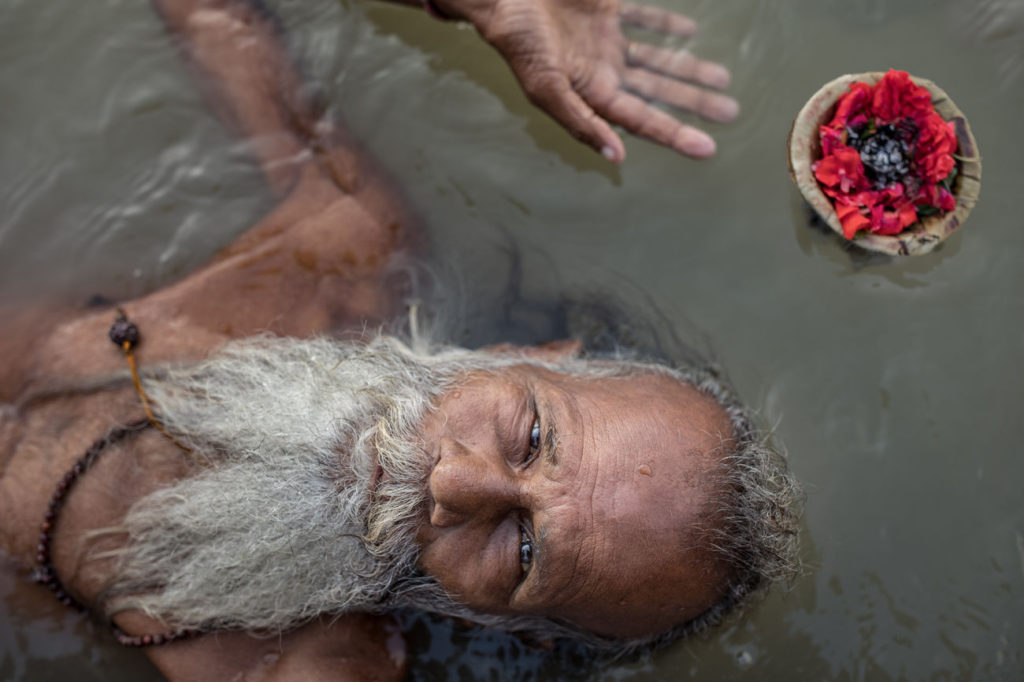
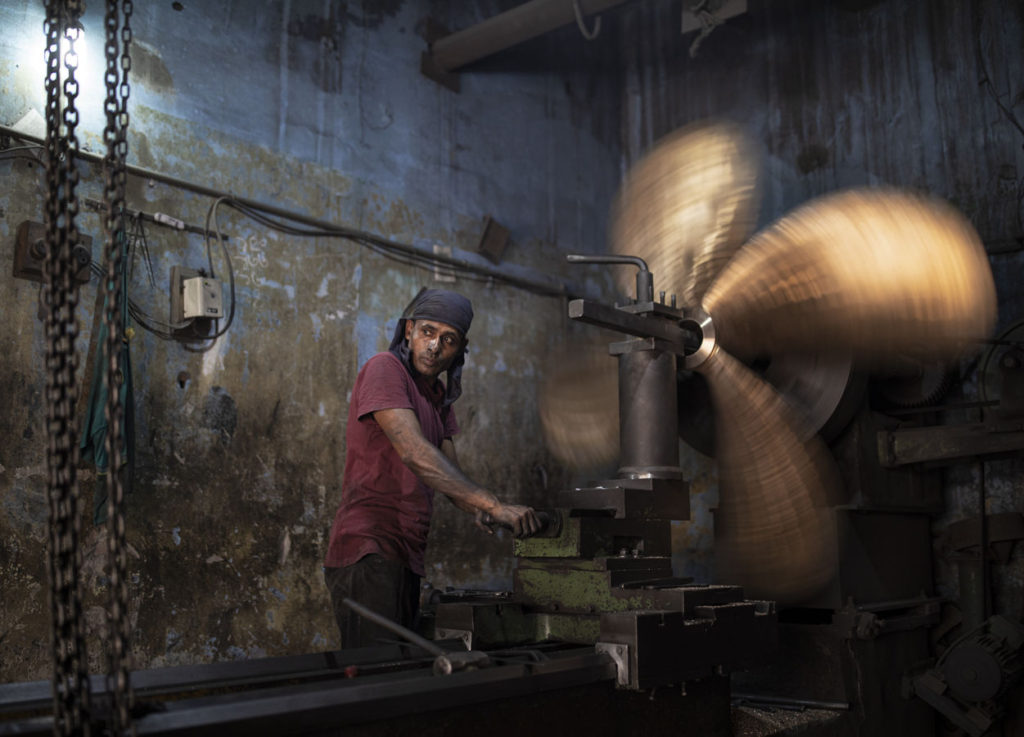
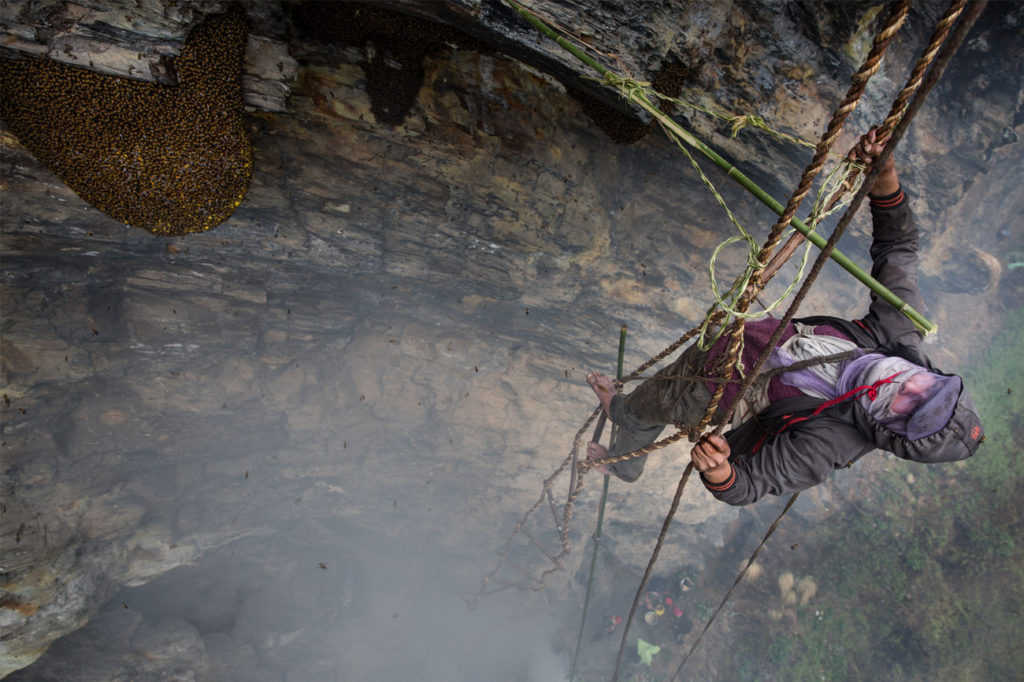
2) What type of photographer do you consider yourself to be? Do you believe committing to a specific genre is important for a photographer or is it more beneficial to become more well rounded in all aspects of this creative art?
Before figuring out what exactly I want to do with my camera, I undertook a long journey in which I experimented with different forms of photography. I started by photographing fauna (living in the Alps), then I did landscape, a little bit of macro and only at the end I started approaching human subjects. People were the ones who intimidated me the most. For this reason I started from far away and slowly approached closer. Documentary photography is undoubtedly the genre I’ve reached after this long journey. It’s the type of photography that represents my way of seeing and that, above all, allows me to live the lifestyle I want to live. As a matter of fact, I believe that I am a traveler first and a photographer second. I am certain that trying each of these different types of photography has helped me become the documentarian I am today, by combining different techniques and perspectives over time.
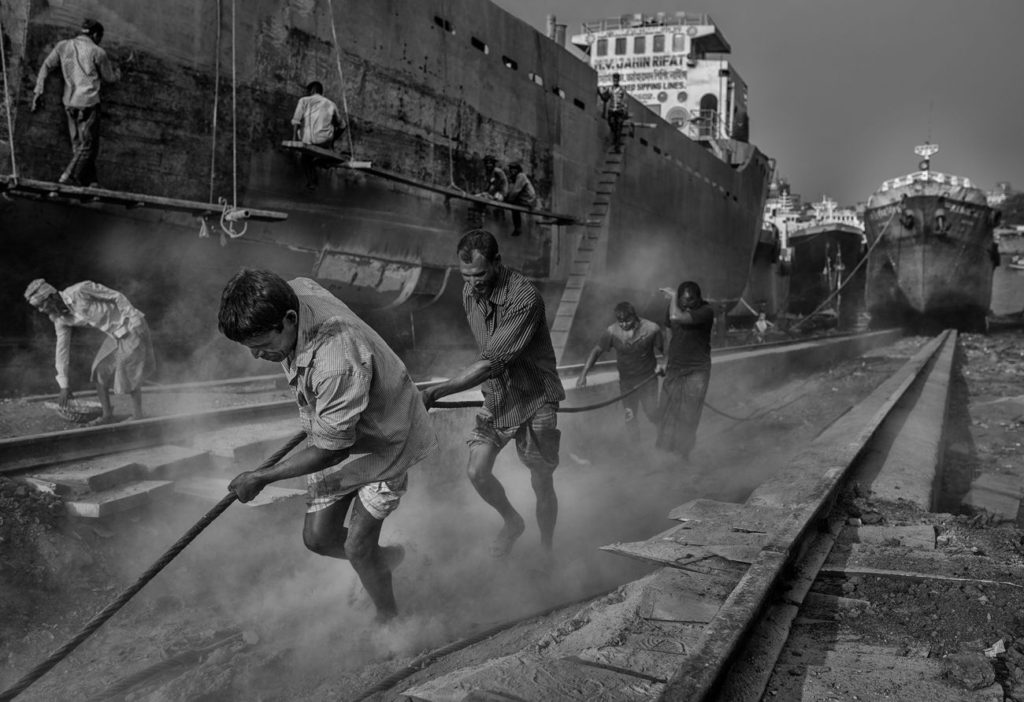
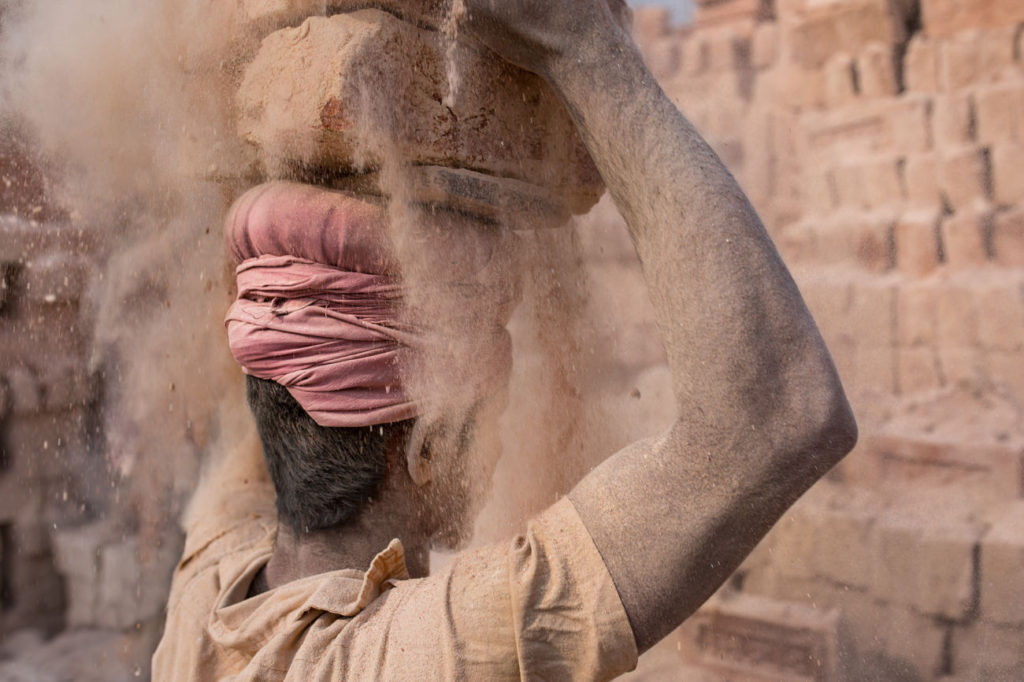
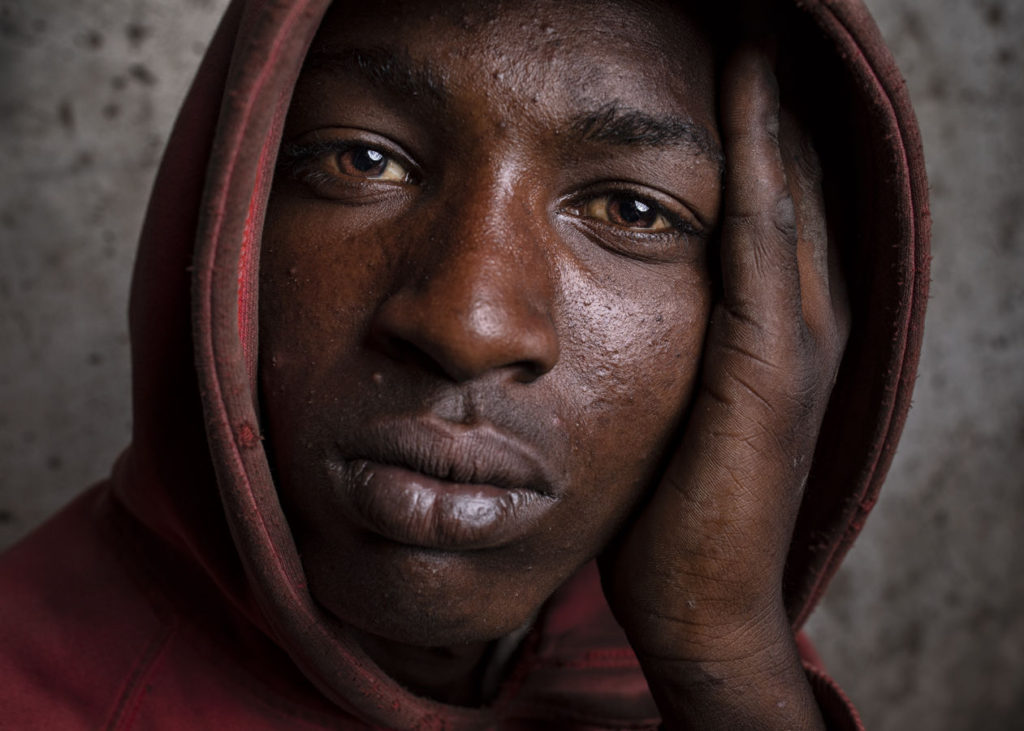
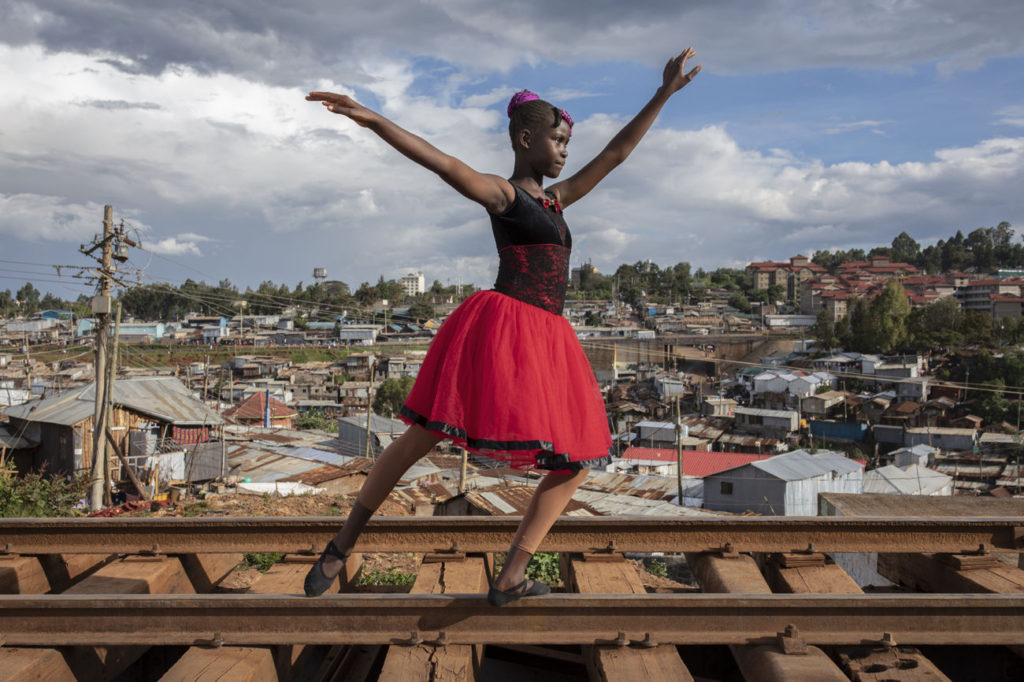
3) As you have mentioned before, you’ve been traveling all over the world to document people and their stories. Tell me about one trip that has left a truly deep impact in your heart and why.
During my long trips I’ve had the good fortune to meet many great people and from each one I’ve absorbed something: happiness, joy, passions, and sometimes even anger, sadness and shame. In Ethiopia I climbed a mountain barefoot to photograph a priest in front of a church carved into a rock, in Nepal I hung on a rope to photograph honey hunters and in Bangladesh I stayed on the roofs of moving trains to make photographs. There have been many epic adventures. I have visited quite unique and crazy places that allowed me to create very unique stories. But the best thing I’ve ever done and I’m most proud of happened in Nairobi.
During one of my trips to Kenya I had the opportunity to share my time and get closer to the street children of Nairobi. There are between 250,000-300,000 children living on the streets across Kenya, with more than 60,000 of them in the capital city of Nairobi. These children are often without shelter and go without food every day. I realized soon that these souls were in extreme need of help and decided to give birth to what today is called the “Malaika foundation”.
Right now Malaika Foundation is focused on providing a home cooked meal to over 100 street children daily. This, however, is just the beginning. With people’s support, we hope we’ll soon be able to do much more.
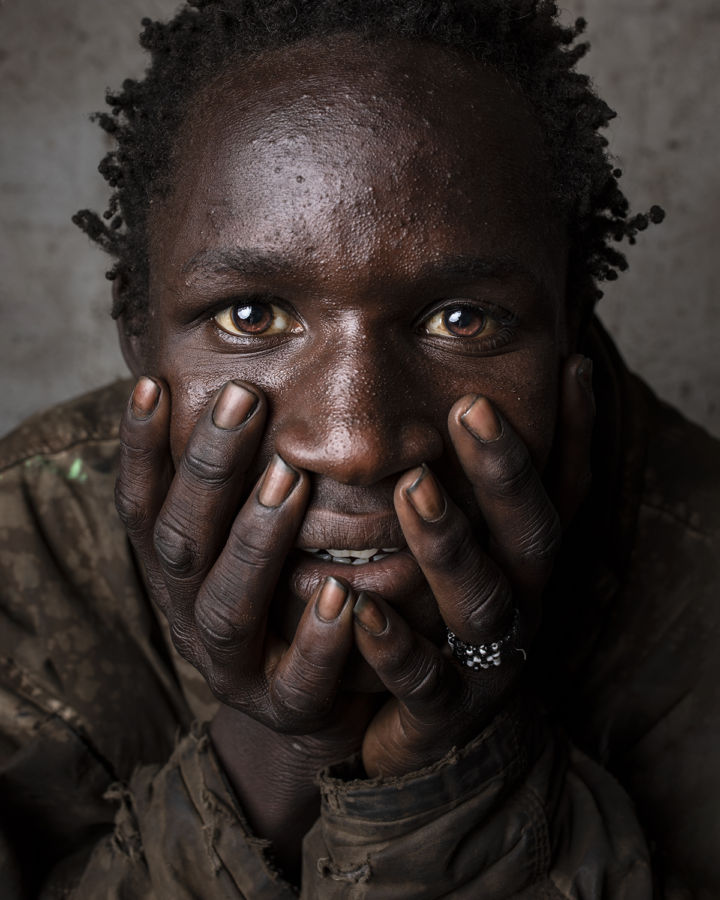
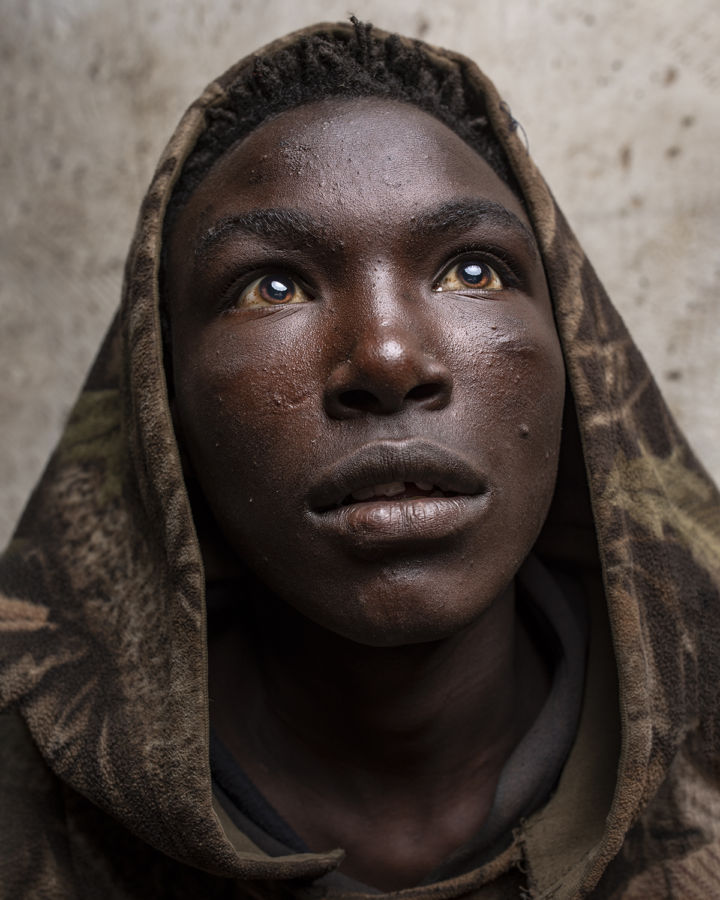
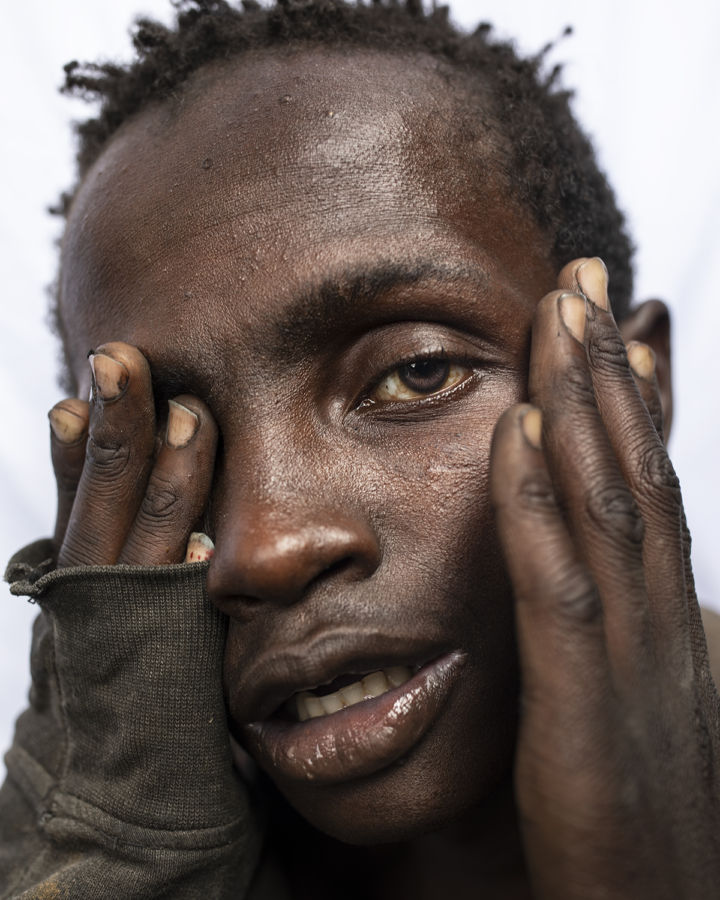
4) A good portion of your photographs feature portraits from around the world. What is your best advice for someone who would like to photograph more people, but is shy or hesitant to do so?
In one word: trust!
I always feel a huge responsibility in finding the correct approach with people, to be able to properly explain with the images what they experience and who they are.
Communication is always the first move to make, but sometimes even that is not necessary. Sometimes smiles and glances are enough to build mutual trust and break the mental and emotional barrier between me and the people I meet. Despite being in situations which are not often comfortable or easy, I always do my best to capture smiles and joy. It’s extremely important for me to show those particular emotions because they represent people’s strength and resilience. I am convinced smiles are a source of inspiration for all of us because they show that anything is possible when you face something with heart and courage from within. The determination which people show in the images I take is an extraordinary example of how every challenge can be converted into opportunity.
My purpose in producing images that encompass different feelings is to evoke these emotions in the viewer. I want the viewer to stop and think about these real-life situations or hidden realities. In that way the camera is a vital tool that can help bring about social change.
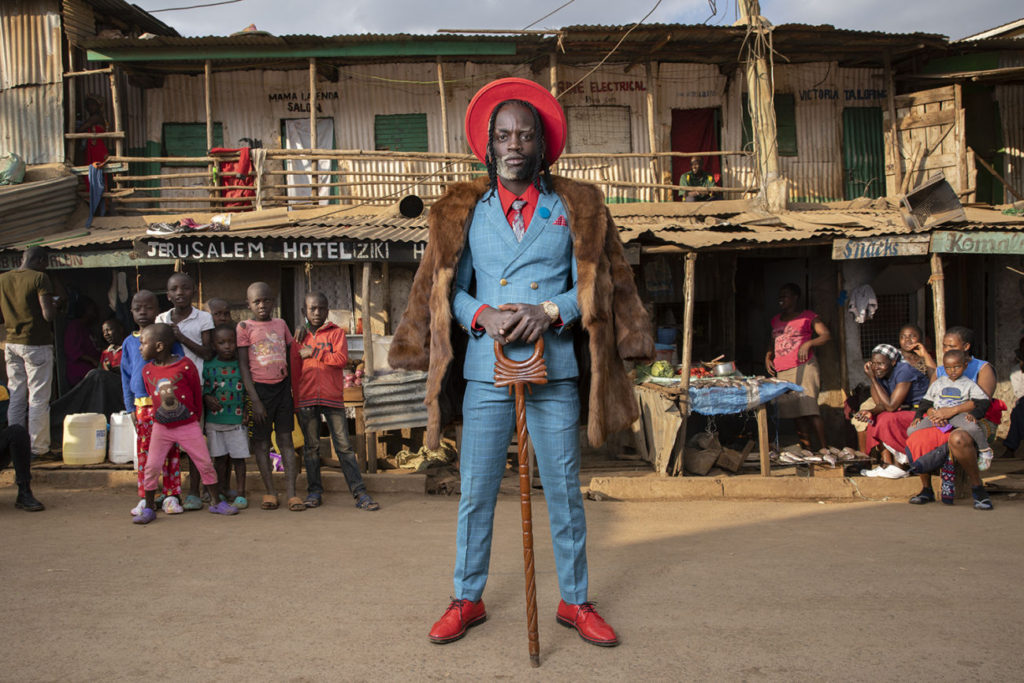
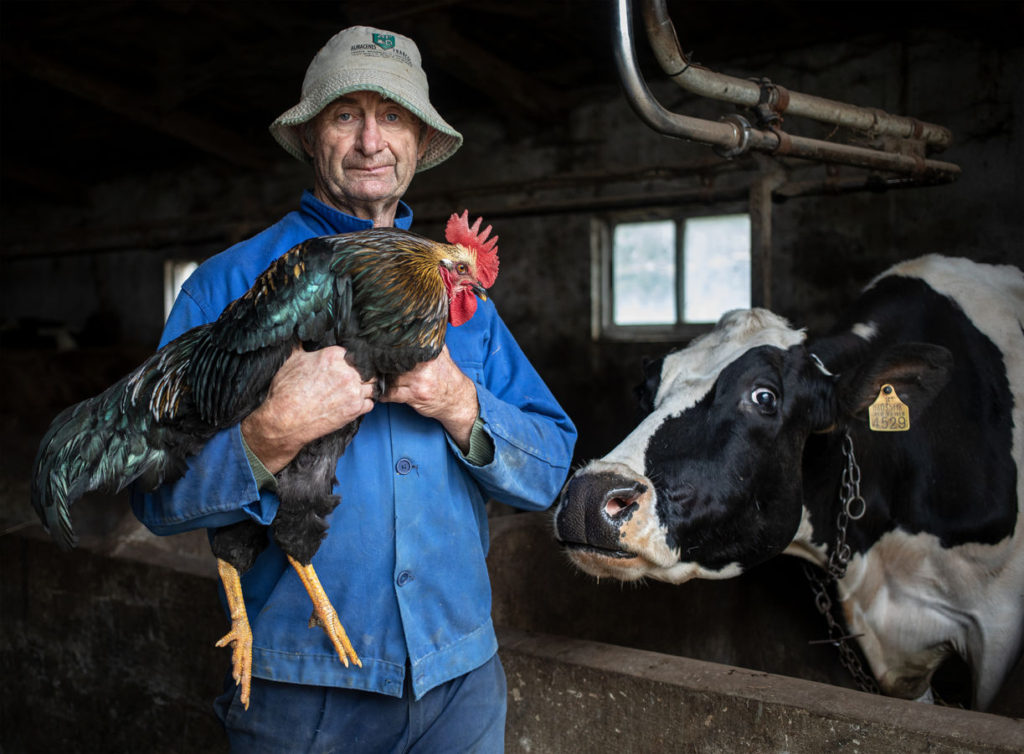
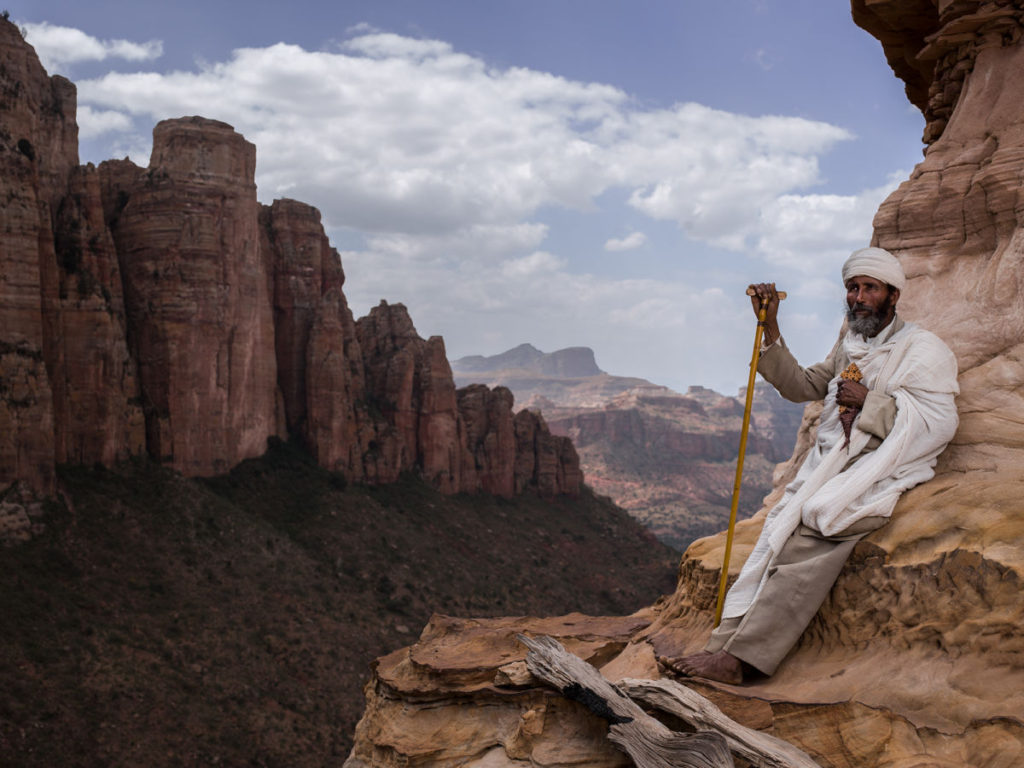
5) You’ve organized photography trips for a small group of enthusiasts to various places in the world. Can you tell us a little more about these trips and what can we expect when embarking on a journey with you as a leader?
The main and most important element when I organize and take people with me on my travels is ethics. For this reason I organize two to three trips maximum per year and only with a small group of four to five people. My tours have been created with extensive prior research in the field. A lot of time has been invested in findings the best areas, villages, landscapes and populations to ensure that my clients have the most amazing experience that these places can offer. The tours are focused on photography and on achieving the best photo opportunities but are also blended with a relaxed atmosphere that helps the participants maximize their creative and technical potential. As a participant, you will have the opportunity to learn and practice new and different photographic techniques, in various lighting situations and interesting environments. The tours are designed to have all the time necessary to experience unique encounters and create dream shots.
Another unique and beautiful thing are the opportunities we bring to the communities we visit. In addition to financial aid, specific supplies and materials are delivered so that the people can sell or repurpose them to their own specific needs. I have gotten to know the places and communities we visit very well and a mutual trust has now been established. I am very proud of this.





6) What is next for Mauro? What are some of the projects you are currently working on or want to delve into?
Soon I will be leaving for Nigeria for a project born last minute and which has changed all the other plans I had for this year. I have been contacted by a local writer who offered me a collaboration for a book on the tribes of Nigeria and of course I accepted immediately.
In July I will return to Kenya for the new tour in Lake Turkana (soon I will announce the exact dates) and then I will continue some work on a personal photo project I started last year.
In autumn I will visit India, my “second home”, the place I undoubtedly love the most. I will spend most of my time in Varanasi, for another personal project that I have been thinking about for years.
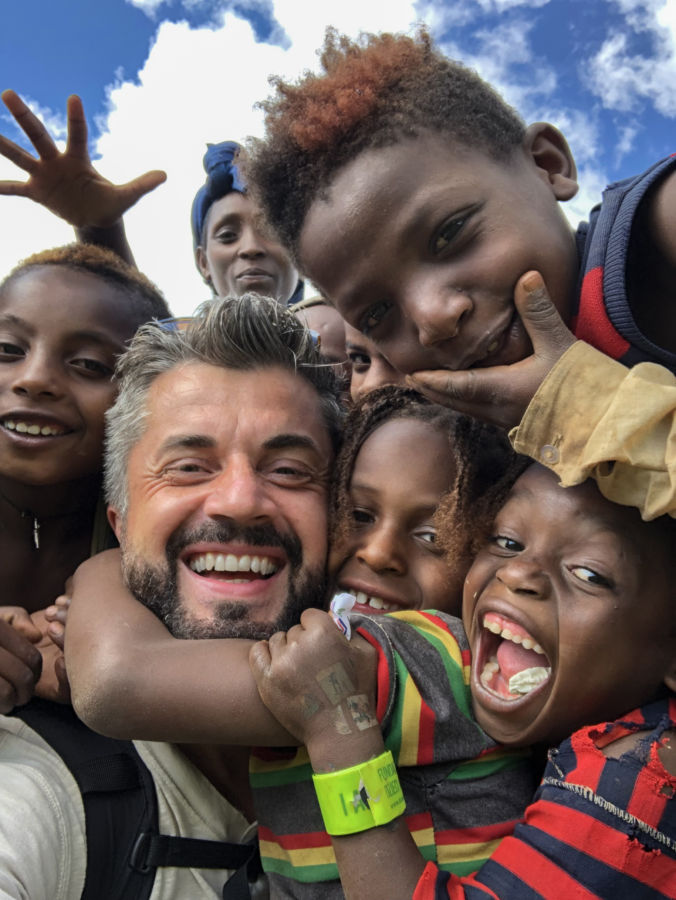
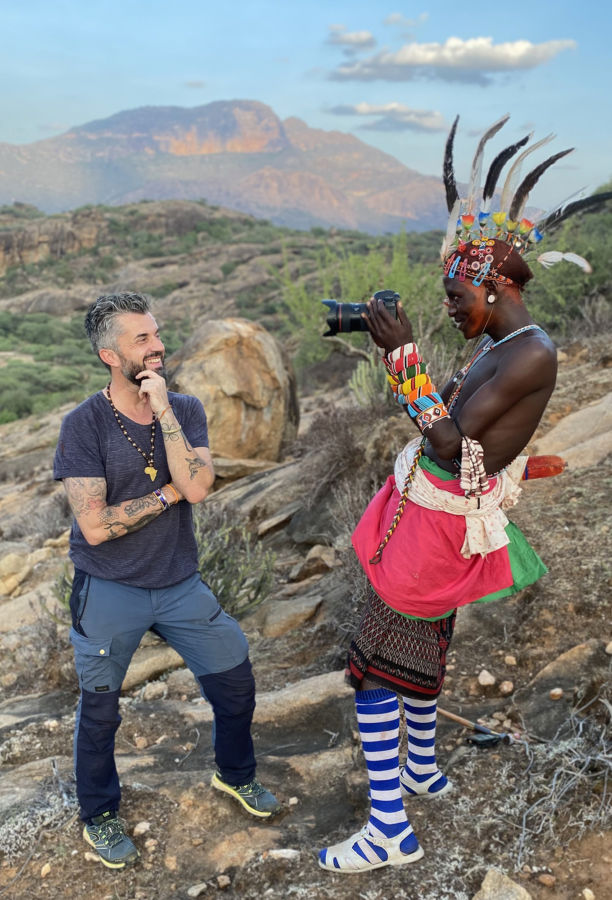
You can learn more about Mauro, his projects, his photography tours as well as the Malaika Foundation on his website https://www.maurodebettio.com/ as well as his Instagram @mauro_de_bettio
Related Posts
Dispatches from the Polish-Ukrainian Border
The dusk came quickly and it started to rain again. The chilly, damp air permeated…
April 13, 2022Must Visit Places on your Northern California Photo Itinerary
Every few months, my friend Sonia and I become very restless and decide to take…
November 21, 2021


Leave A Comment